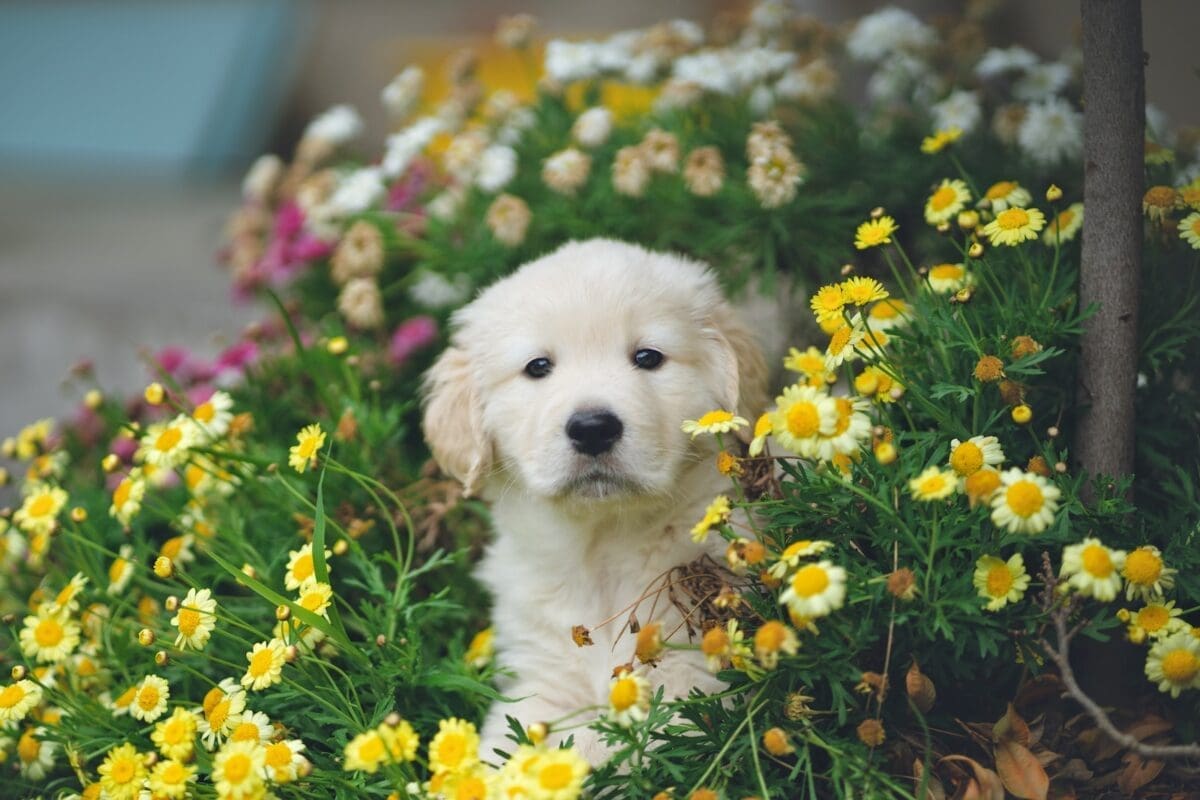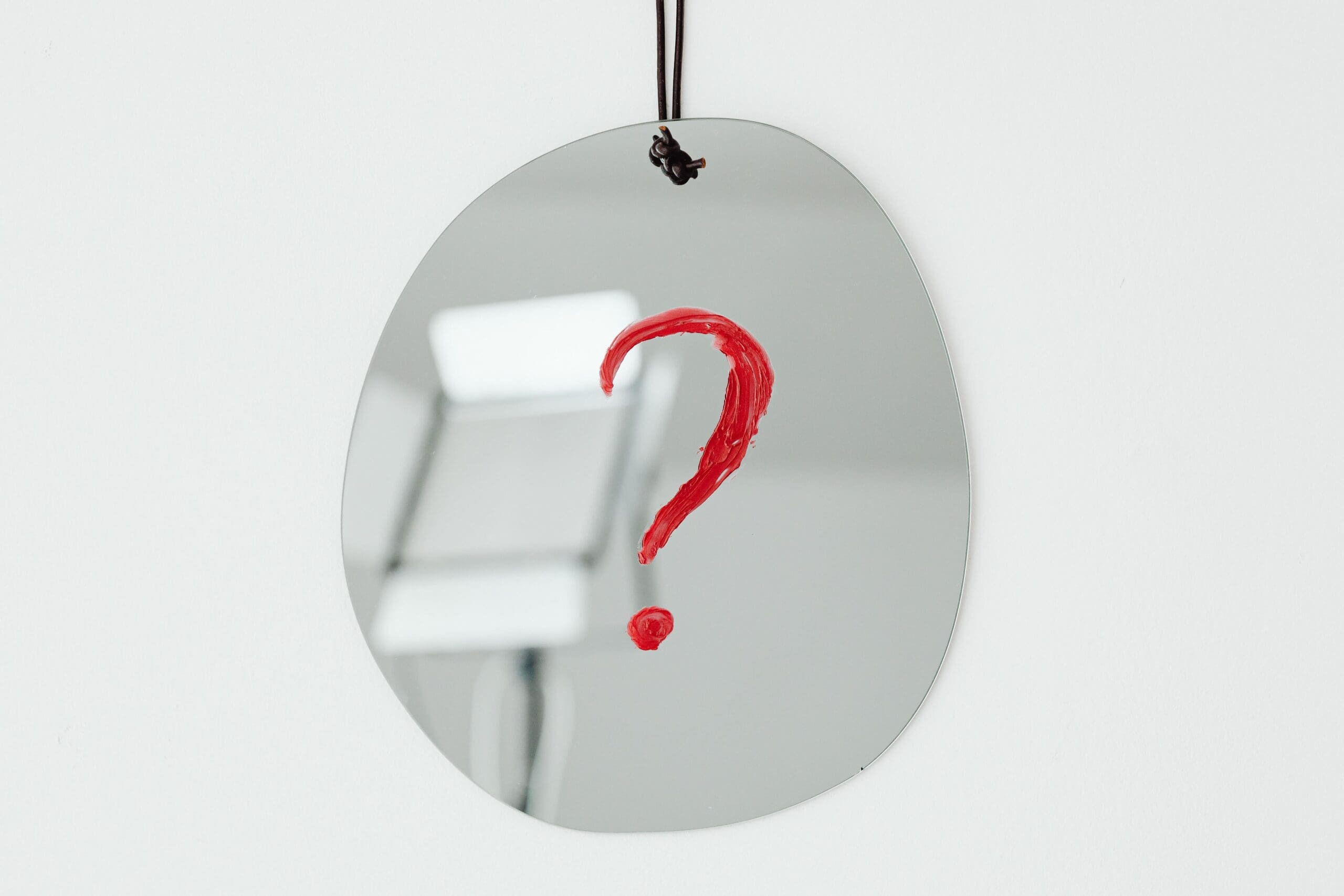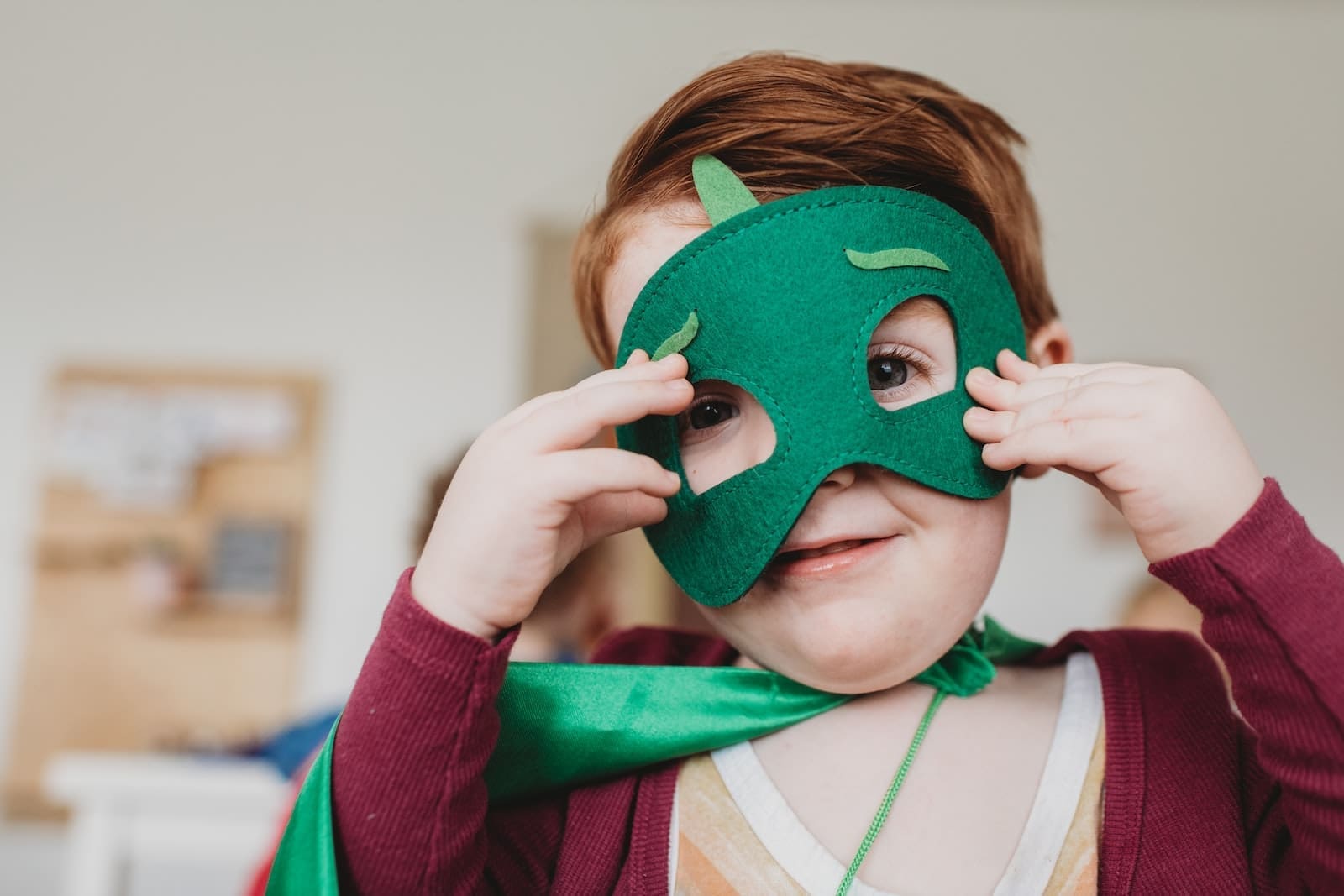What is the innocent archetype? When it comes to marketing and brand building, the truth remains that only those companies are successful that tend to invest in establishing connections with their target audience. A user must develop a strong emotional connection—or, if you prefer, a sense of identity—for a certain brand before choosing it over rivals. The role of archetypes in constructing this link between the brand and the consumer’s psyche cannot be overstated. Big corporations have been known to spend as much as 13% of their earnings on marketing alone for this reason.
One effective route to build emotional connections with your target audience is by establishing a brand archetype framework. Based on the 12 personality traits defined by Swiss psychiatrist Carl Jung, these archetypes make sure that your brand stands out in a crowd. Read the full blog post on Brand Archetypes here.
This blog post focuses on a popular brand archetype that allures all dreamers, optimists, and romantics. This is the Innocent archetype. This article is an attempt to dive deeper into this archetype and understand it, particularly in the Indian context. Keep on reading to find out more on the innocent archetype and if this resonates with your product or service!
Meet the Innocent Archetype

At its best, the innocent brand archetype is about joy and brightness. Additionally, Innocent brands bring optimism through their morality and honesty. Individuals who yearn for simplicity and self-satisfaction are drawn to innocents.
Positive thinking and optimism are hallmarks of an innocent brand image. These companies have a reputation for being clear and truthful. They believe in demonstrating their positive personality.
It is important to innocent brands that everyone feels secure. Children, animals, senior citizens, and even pets are included in this. If a dog is wearing a vest, it has some form of safety function. Products should comprise safe, natural ingredients.
Let us introduce you to a few Indian brands that follow the Innocent brand archetype. Paper Boat, ID Fresh Food, Himalaya Face Wash, FabIndia, Parle-G, Titan Watches, Natural Ice Cream, Forest Essentials, Craftsvilla, Pure&Sure are some of them. But how did these brands apply the innocent archetype to their marketing strategy? The next section will go into detail of how you need to analyse your brand strategy to end up with a brand archetype!
How to Apply the Innocent Brand Strategy

Like all of Carl Jung’s personality dimensions, there are some pros and cons to each brand archetype:
Strengths:
- Strong faith
- Hopefulness
- Appreciate life’s little joys
- See the best in everyone and everything.
Watchouts:
- Escape or ignore the status quo
- Withdraw into imagination
- Fear of being punished for errors
- Naive in their view of the world.
To steer clear of the watchouts, it is important to be clear about your branding objectives. The goal of innocent branding is about building a deeper connection with customers based on authenticity and transparency. You can achieve this by focusing on these core elements:
1. Brand Voice
The brand voice of an innocent brand archetype is optimism. This technique works well when developing products and services that are simple and true. Brands that follow this approach tend to appeal to people who are looking for an experience that is honest and at an emotional level.
2. Purpose
The Innocent brand archetype can also be associated with terms such as dreamer, or traditionalist. They have an idealist outlook; They hope for a better, happier world. Their core desire is to simply be content and act morally. They are drawn to this life by a yearning for simplicity, goodness, and purity.
3. An Honest Face
Innocence-based brands do not try to conceal anything from their target markets. They do not put on a false front or act otherwise. Instead, they concentrate on keeping their word. For instance, a company like FabIndia does not proclaim to be superior to its rivals. In fact, they even call out that their products will vary from each other because they are not machine-made.
4. Imagery and Colours
In the marketing of this archetype, tranquil and nostalgic images are frequently utilised. Common image subjects include nature, animals, and moments of nostalgia or togetherness.
When engaging with clients, this style of branding is effective since it enables the business to build credibility and trust. Customers are more likely to make purchases from businesses that are honest about their offerings. This strategy also helps brands avoid the problems that come with bad reviews and poor ratings.
Now that you are familiar with how an accurate brand strategy can help in building a brand archetype, you have to now see if that archetype fits the services and products of your brand!
The Innocent Archetype: Industries and Categories

Some brand archetypes lean more towards a particular industry. The Innocent industries and categories include:
- Beauty products and cosmetics
- Anything body and health-related
- Organic products
- Healthy lifestyle
- Fresh food
Innocent brand archetype manifestation: An Indian Case study
In the realm of branding archetypes, the innocent archetype embodies purity, nostalgia, and a sense of wholesomeness. It evokes a feeling of familiarity and comfort, tapping into the consumer’s desire for authenticity and simplicity. Paper Boat, a brand of traditional Indian beverages from Hector Beverages, stands as a quintessential example of the innocent archetype in the Indian context.
Paper Boat’s nostalgic appeal lies in its revival of age-old Indian drinks, transporting consumers back to their childhoods with flavors like aam panna (raw mango drink) and jaljeera (cumin water). The brand’s name itself evokes a sense of innocence, evoking images of carefree childhood days spent sailing paper boats during the rainy season.
Paper Boat’s packaging reinforces this innocent persona. The vibrant, colorful artwork on its tetra packs resembles the playful illustrations found in children’s storybooks. The brand’s marketing campaigns further amplify this nostalgic theme, featuring heart-warming stories that resonate with the audience’s childhood memories.
Paper Boat’s success lies in its ability to connect with consumers on an emotional level, evoking feelings of nostalgia, authenticity, and wholesomeness. By embodying the innocent archetype, Paper Boat has carved a unique niche in the Indian beverage market, establishing itself as a brand that is not just about quenching thirst but also about rekindling cherished memories.
Is your brand an Innocent Archetype?

Now that you understand what the Innocent brand stands for, it is time to figure out if this archetype is right for your brand. Let us begin with the simple questions.
Is your brand driven by:
- Simplicity?
- Honesty?
- Positivity?
- Happiness?
Does your brand reject:
- Complexity?
- Negativity?
- Depravity?
- Anguish?
If the above questions affirm that your brands’ archetypal personality is innocent, it is now time to deep dive into what the dominant personality of your brand is. This will give you a clear understanding of how you can define your brand elements. Here are the 5 levels of an Innocent brand:
1. Innocent
The Innocent sees the world as honest and wholesome. It is perfect, virtue-filled, and pure, representing rejuvenation, inner tranquility, and nostalgia. It does have the propensity to downplay or dismiss issues though.
2. Child
The Child exhibits an unwavering faith in the kindness of people and is receptive to possibilities. It tends to bring out the best in people because of its curious nature. There are difficulties since the child is easily swayed and unable to grow up and take on responsibilities.
3. Dreamer
The Dreamer has a vivid imagination to convey abstract ideas and has the capacity to be carried away by possibilities. This brand persona wants to dwell in the mental paradise and has the faith of a child. But it can lack the framework required to put ideas into practice in the real world.
4. Idealist
The idealist is motivated by the conviction that each person has the power to influence change for the better in the world. The Idealist serves as a catalyst for change because they are driven by the principles of peace, harmony, and collaboration. Unfortunately, the Idealist tends to have an ideal perception of the world and refuses to recognise potential threats.
5. Muse
The Muse, as its name suggests, is a reservoir of information and wisdom as well as a source of inspiration. Although the Muse is an excellent motivator, its occasionally scattered energy can cause havoc.
The innocent strives to act honorably, free from corruption or outside influence and aspires to improve both their own life and the lives of people around them. You and your brand voice might fit well into the innocent archetype’s parameters if you value clarity, optimism, and happiness.




